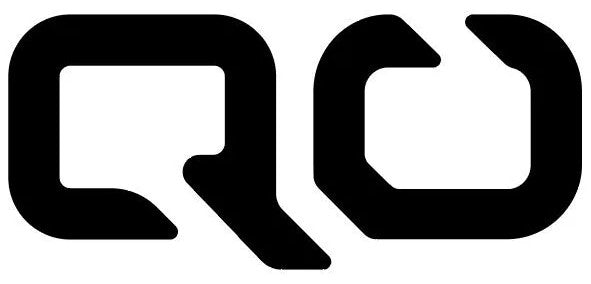Carbon cranksets offer top-tier performance, but only when installed and maintained with precision. Unlike metal components, carbon requires careful handling, exact torque specs, and proper material pairing to ensure structural integrity.
In this guide, we cover everything from installation best practices to ongoing inspection, ensuring your carbon drivetrain stays efficient, silent, and safe.
How do you install a carbon crankset correctly?
Proper installation begins with clean interfaces, correct bottom bracket compatibility, and following the manufacturer’s torque specifications. Avoid metal-on-carbon abrasion by using spacers or washers where recommended, and apply carbon paste if advised.
Secure both arms symmetrically, preload the spindle if needed, and always use a torque wrench, guessing is not an option with carbon.

Learn how to install and maintain carbon cranksets like a pro. Get torque specs, inspection tips, and best practices for long-lasting performance and safety.
What torque settings are safe for carbon cranks?
Always refer to the crank manufacturer’s manual, but typical torque settings are:
-
Crank arm bolts: 35–40 Nm
-
Chainring bolts (if carbon spider): 8–10 Nm
-
Preload adjusters: ~0.5–1.0 Nm
Excess torque can crush the laminate structure or cause micro-fractures, compromising long-term integrity.
Can you use carbon assembly paste on carbon crank arms?
Yes. carbon assembly paste is recommended to increase friction and reduce clamping force. It helps prevent slipping without overtightening, especially around spindle interfaces or direct-mount chainrings.
However, only use it where the manufacturer approves it. Avoid greases or standard anti-seize compounds unless explicitly stated.
Do carbon cranks need a specific bottom bracket type?
They often do. Many carbon cranksets feature oversized spindles (e.g., 30mm, DUB) which require specific bottom brackets. Additionally, shell width and BB type (BSA, PF30, BB386, etc.) must be matched precisely.
Incompatible BBs can cause misalignment, premature bearing wear, or stress points on the crank spindle.

What are the risks of overtightening carbon crank bolts?
Overtightening can:
-
Crush the carbon layup internally, causing delamination
-
Create stress risers that lead to cracks
-
Void warranties and cause sudden failure during load
Always use a calibrated torque wrench and follow manufacturer specs—carbon fails differently than aluminum and often without visible warning signs.
How often should carbon cranks be inspected for damage?
Inspect carbon cranks:
-
Every 1,000–2,000 km, especially for high-power riders
-
After any crash, impact, or transport mishap
-
When hearing new creaks or feeling flex under load
Look for hairline cracks, cloudy textures in the laminate, or unusual softness when pressing by hand. If in doubt, consult a professional.
Can carbon crank arms be repaired if damaged?
It depends. Minor cosmetic damage or surface clear coat issues can be repaired. Structural damage, like cracks near the pedal thread or spindle interface, is not safely repairable in most cases.
Because crankarms endure constant torque, QO BIKE always recommends replacement over repair when in doubt.
QOnclusion: Precision First, Always
Installing and maintaining carbon cranksets is all about precision and respect for materials. When done correctly, carbon cranks offer unmatched stiffness and low weight without sacrificing reliability.
At QO, we engineer our cranksets to exact tolerances and provide installation guidance to ensure your ride stays smooth, safe, and responsive, every time you clip in.


